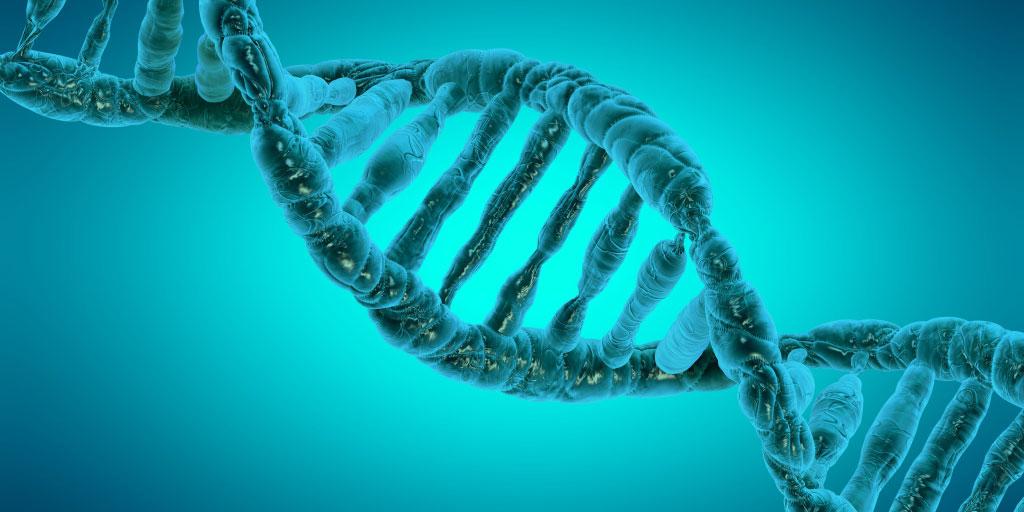Current methods for DNA hybridization and multiplexed detection of PCR amplified products typically require multiple steps for hybridization and can take hours to perform. Additionally, these methods are not easily automated. Quickly and accurately detecting the presence of DNA in a sample can aid not only forensic operations, but clinical diagnostics as well. A short, automated, and simple multiplexed method for detecting DNA in a sample is thus needed.
LNLL scientists have invented a method for multiplexed detection of PCR amplified products which can be completed in a single step. Highly validated species-specific primer sets are used to simultaneously amplify multiple diagnostic regions unique to each individual pathogen. Resolution of the mix of amplified products is achieved by PCR product hybridization to corresponding probe sequences, attached to unique sets of fluorescent beads in liquid. The hybridized beads are processed through a flow cytometer, which detects presence and quantity of each PCR product. The assay is optimized to allow for maximum sensitivity in a multiplexed format. A background PCR product is formed via background multiplex PCR amplification reaction using a control DNA sequence. Comparing the fluorescence of the sample hybridization product with the background product identifies the target DNA sequence.
- Multiplexing allows high throughput
- All-in-one reactions save on labor, reagents, and consumable costs
- Quick and accurate detection of DNA in a sample
- Liquid bead array assay can accommodate up to 100 different diagnostic reactions
- Fluorophore tagging allows for easy visual detection of DNA
- Detection of DNA in convoluted samples in forensic or clinical settings
- Extrapolation of technology to include RNA and other types of nucleic acid detection
- Analyzing protein expression and protein interactions
LLNL currently holds a patent 7,972,818 "Flow cytometric detection method for DNA samples" for this technology (LLNL internal # IL-11701).


